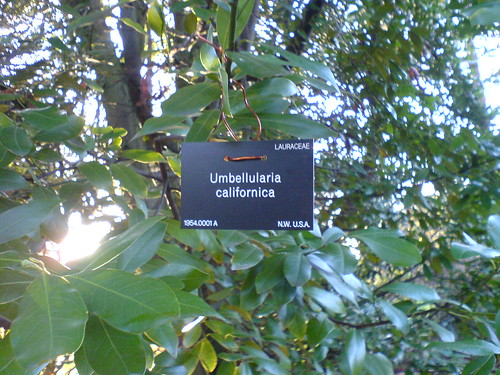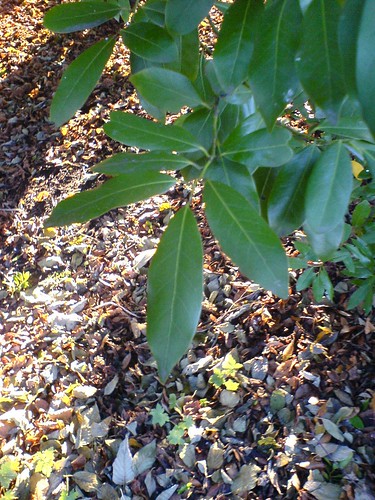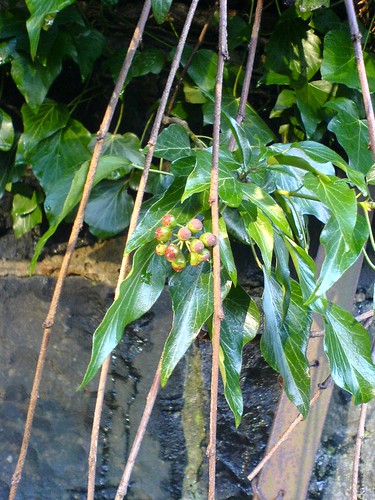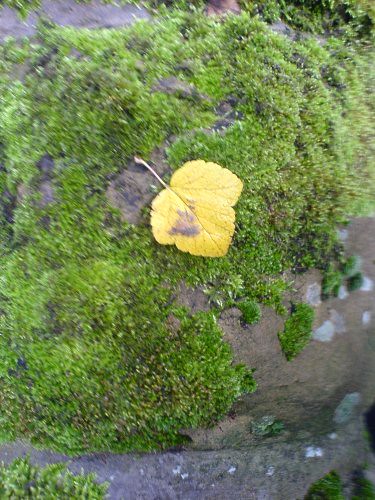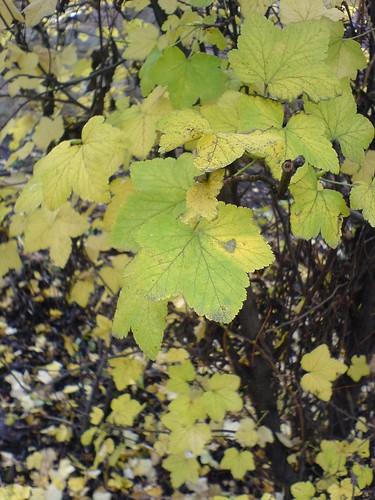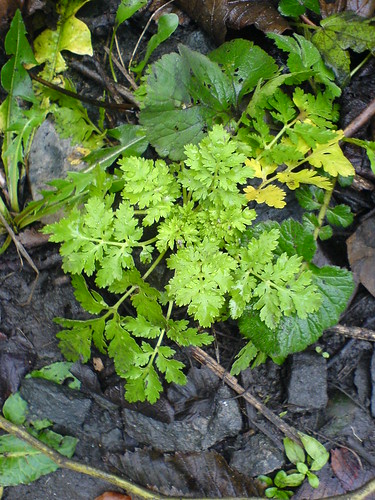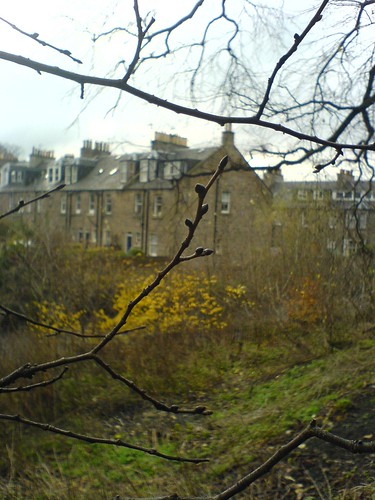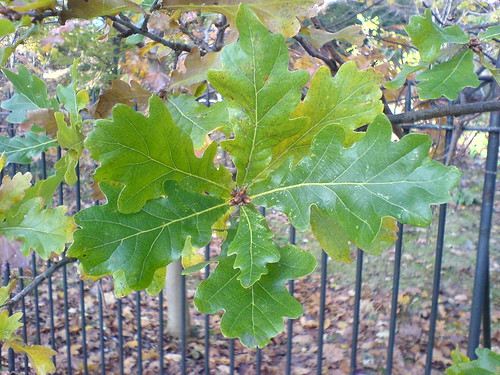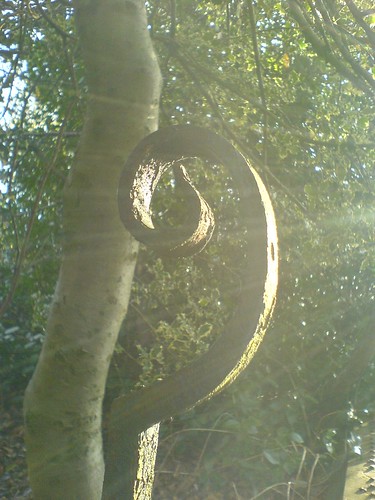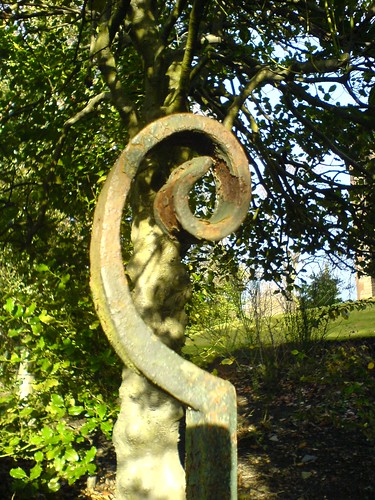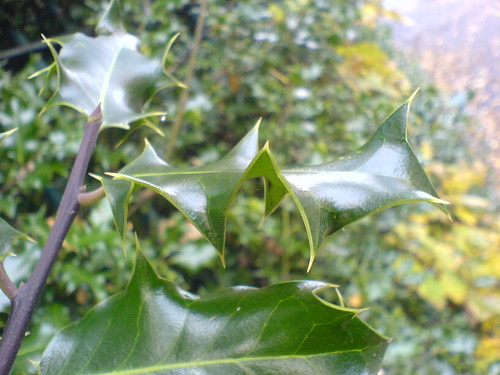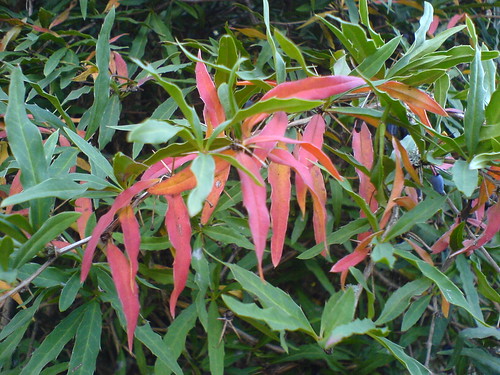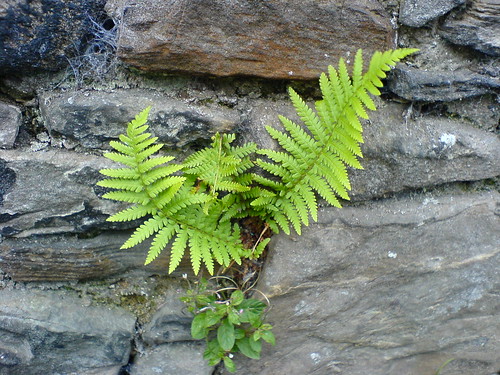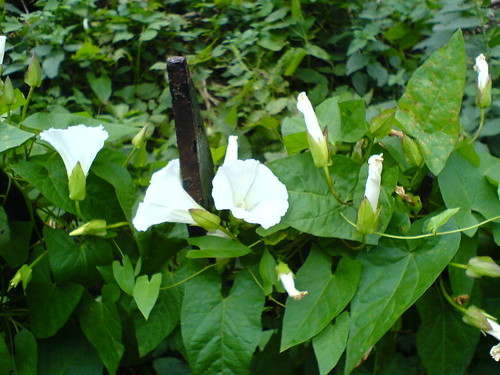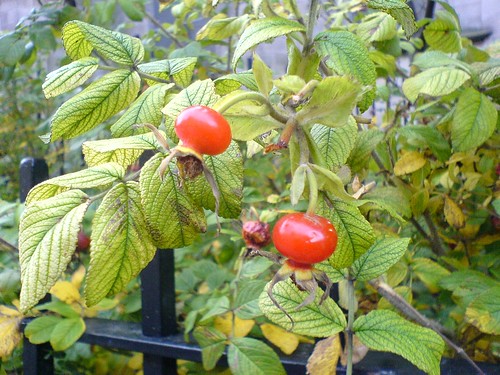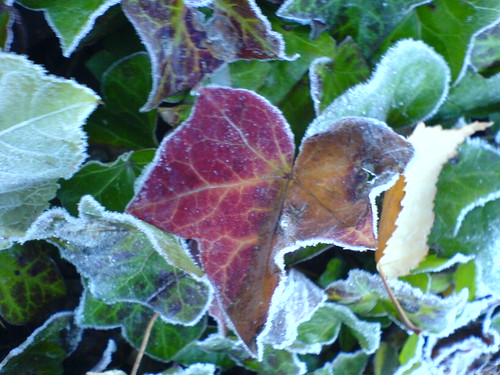Over the past few weeks, I’ve been engaged in an occasional search to find my favourite California native plant, the California bay laurel, in the Botanic Gardens near work. As you can see from the link, although the website has a bed location, it does not have a clickable link to the bed map. This made me wonder if the entry were old and outdated. Was the tree still there?
Even if the bed map entry was correct, I wasn’t sure where in the bed the tree would be. That bed happens to include a building as well as a number of plants, so it’s not the easiest place to search. Particularly for a plant I wasn’t sure was there.
But today, I found it.
The proof:
Taken 12 December 2005
I knew the tree before I saw the label, of course.
The bay laurel grows in all of the places I spent my childhood. It’s an integral part of the species mix up at my parents’ cabin, where it was a traditional headache cure for the native Americans in the area. It grows on the UC Berkeley campus, and indeed I got into occasional trouble for climbing it there. And for many years, one grew just outside my bedroom window in Piedmont.
The fragrance a broken leaf brings me right back to those places and those times. I brought one back to the office (bad of me to take it, I know). Each time I smelled it, I had another tiny flashback to my past, and another microburst of homesickness. The mix of bitterness and memory reflects the nature of the bay laurel itself.
Bay laurel is in the family Lauraceae, the same family as European bay, laurus nobilis, (as well as cinnamon, avocado and sassafrass, but that’s another story). Bay laurel has about a third more resin ducts in its longer, narrower leaves than its European cousin. The fragrance and flavour are slightly different between the species: the California bay is sweeter and sharper, the European slightly more bitter. It can be used in cookery much the way its relative is, but one should use only part of a leaf where the recipe calls for a whole bay leaf. Californian bay is also more of a tree and less of a hedge than its European counterpart, and is useless for topiary.
Soup, anyone?
Taken 12 December 2005
(Next target: Arbutus menziesii, also known as Pacific Madrone.)
(While downloading pictures from my camera, I also ran across this one from last week.
)
Ivy stems.
Taken 8 December 2005

